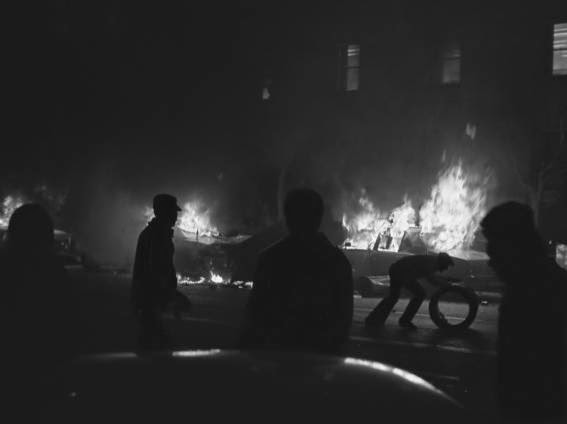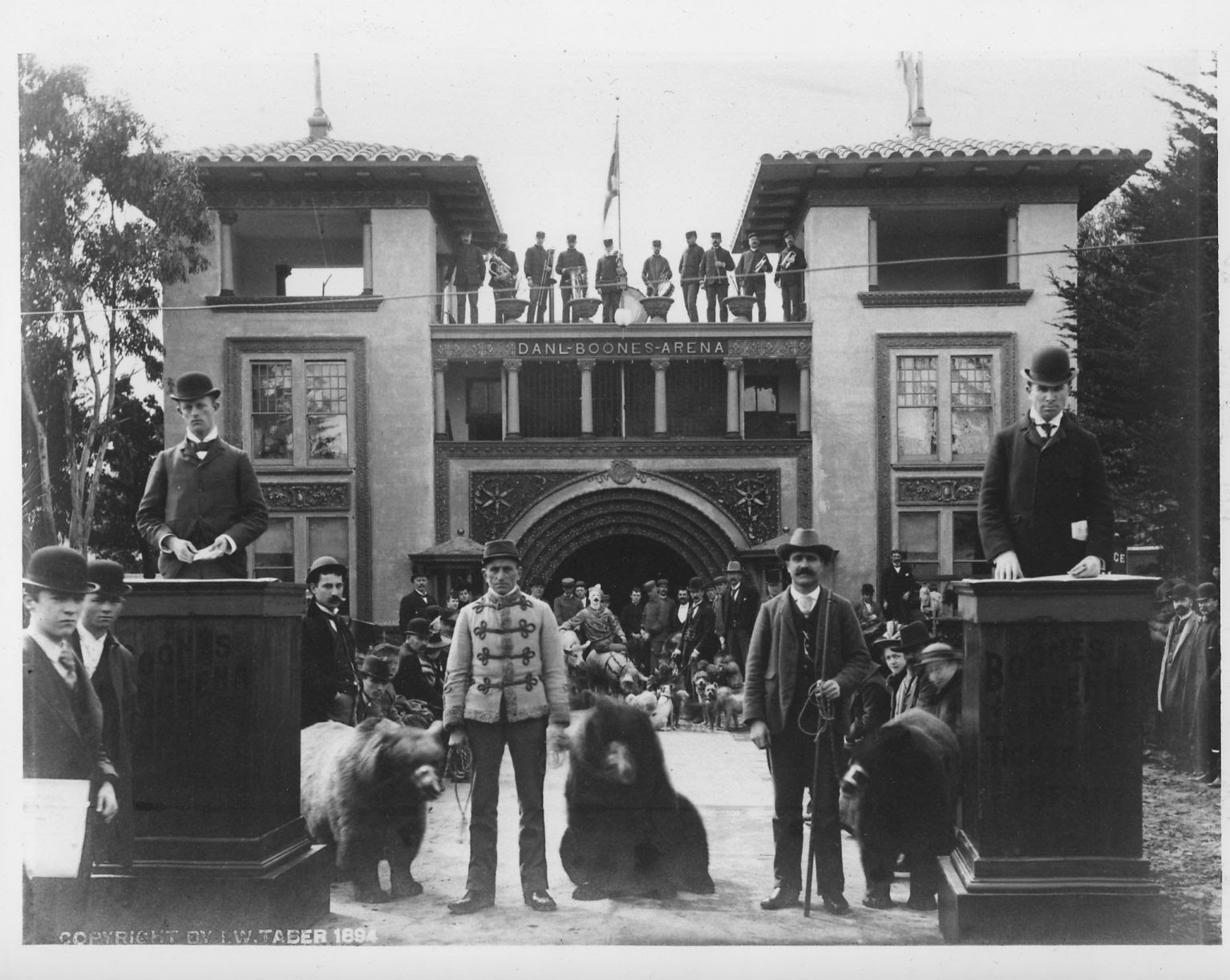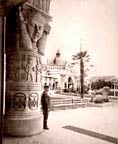 |
| Turner still blows my mind. |
On the precipice of my 35th birthday, I decided I was a failure.
When I got over the self-loathing, I decided to blame the world.
When i got done hating, I remembered evolution.
Maybe, I've found a healthy conclusion, or some direction to lead my wayward feet, but at least I've found solace, and here's how.
I hope you're ready for this.
When I was about ten years old, I came home from school and found my mother out front with a neighbor and they were crying.
 |
| Nina Simone, one of my heroes. |
"What happened?"
My mother put her hand on my shoulder and explained how that morning, our country decided to start bombing Iraq. As a child, as I feel now, I couldn't understand bombs, and when I asked why we'd do such a thing, she explained how Saddam Hussein had been bombing innocent civilians and that "we" couldn't tolerate that behavior.
The story that was painted in my ten year old mind was an image of some demonic man chucking grenades at random houses on a street much like Shadowhill Lane. At that age, I already had a lot of hurt in my heart and I also had a two year old sister who I felt a desperate to protect. The only way I knew how to deal with those feelings was to play the piano.
 |
| Vladimir Horowitz, hero #1 |
From that afternoon on, I would sit and play for hours with the sole thought that if that 'demon man' were to walk down my street, randomly chucking grenades, and maybe heard a little girl playing piano, he'd realize that we are just people having our everyday feelings and that somehow the music would be so pretty, he would stop killing people.
 |
| Caravaggio, timeless genius |
Obviously, that situation was far more complicated than my child brain could (or still) comprehend, but it was that sentiment that has defined me as a person. I have been taught to listen to classical music, to read the greeks, to look at the epic offerings of humanity as lessons for my own life. I was trained to use my hands and my heart to express 'sacred' and 'communicable' feelings, in the hopes of maintaining connection. And that in acknowledging the wisdom of the past, though perhaps out-dated, I would never be "wrong" or ever without meaning.
And I hope you can understand. Realizing I was about to turn 35, I learned that all of that was bullshit. Evil reigns. No one believes or pursues beauty anymore. And worse, while I spent my entire life dedicated to these things, I was hitting middle age with absolutely nothing to offer. I don't own my home. I don't have a career. Hell, I don't even have romantic love.
I wish I still believed in metaphors enough to convey the absolute betrayal I felt with myself. I thought I had been living my life with a humble sense of integrity.
 |
| Daisy |
Not being one who wants to wallow in self-defeat, I decided to look into it. Though I've always felt alone, I knew I couldn't actually be; that even though I never felt accepted in society, I must still be a byproduct.
I started by looking at the generational theory, that based on certain quintessential political disasters, we, born within a certain twenty-year time frame, would have a common vernacular. But what happens when I was born of the cusp of two such disparate groups?
Born in 1979, I'm technically of Generation X, the babies of the Baby Boomers, the first latch-key kids. We were raised in divorced households, forced into a very early adulthood, brought up in the unique political situation of dictatorships, AIDS, political corruption. We were a generation that couldn't believe in authority, that had to rely on ourselves, and it was somehow in this 'orphan' state that we started to believe in the need for human dignity, equality, systemic change.
 |
| My girls |
But, being born on the tale end of that, most of my peers were of the other generation, the ones in which they were raised as 'trophy' kids by my generation (the 'have-nots'). Because my generation had lived their lives, overly educated, and the highest population to volunteer historically, to be caught in the eye of the devastating economic crisis (of the early 1980s) right when we were supposed to be entering the workforce (and then subsequently robbed of our 'rite of passage' as dictated by our careers- a thing which the Boomers, stereotypically, took for granted) we were given nothing to stand on. The 'trophy' kids, on the other hand, were to be given those chances, their innocence fostered, and from that came a group of self-entitled, global-thinking people, righteous in their demand of a world providing what they require.
 |
| Is Rothko old fashioned? |
Perhaps this doesn't appeal to you. I'm guessing you weren't born in 1979, but let's look at it from a larger cultural construct. Post-modernism, the cultural paradigm that defined the last, roughly, twenty-to forty years (ending in 1980), was a direct response to the death of humanism that came from the atomic bomb (side note- the atomic bomb sailed out of Hunter's Point in San Francisco). For the world to recognize the absolute inhumanity we had become capable of, killed everything. I grew up (whether or not anyone was particularly aware of it) in a world without hope. It was a space of nothing but betrayal.
My peers, on the other hand, are self-supportive, cheering each other in our strange little DIY endeavors. WE were going to be the change, and WE demanded love and integrity, and WE fully expect the world to adjust.
Let me give you a more blunt example.
In talking about my cherished piano, my very first adult relationship was with this asshole, two years older than I. He considered himself this activist. I spent hours listening to him wail and moan and demand not change in the world, but a complete collapse. Trying to ignore him, trying to be true to what I thought was the heart (because for me, then, I thought that empathy was timeless), I would hole up in my half-room and play my piano for days.
That was until he yelled at me for playing the music of the bourgeoisie.
Clearly, this asshole was one of a kind (let's hope), but I found him to be a poignant example of post-modernism and the gen x thing. My younger friends, on the other hand, were always quick to be supportive, excited to experience that which I was willing to share.
This brings up another crucial point for me. On the cusp of post-modernism (PM) vs pseudo-modernism, with the PM, there was a fetishization of the author, a desperate seeking out and documentation of the 'hand'. With pseudo-modernism, the fetishization was transfered to the recipient: suddenly it's about their own personal reaction/interaction with that which they encounter.
Speaking bluntly, it didn't matter what I played, who I referenced, if I wrote it, so long as they could experience it for themselves.
I should have known then that that was the beginning of the end. If all the languages I had studied in the sole attempt to communicate empathy with the world were both "antiquated" and "bourgeois" on one side, and then "cute" and somewhat heard without reference point or even a similar jargon, then what had I been wasting 35 years on?
 |
| A mold of Chopin's hand- cystic fibrosis! |
In my sheer panic, I emailed my family, asking them to think back to when they were my age. What was important to them? What would they have changed? What did they stress about that no longer matters? What should they have worried about more?
Because they were all breeders and afraid to offend me, no one said anything.
Or, they were also so scared by the reminder that me, as the oldest child (by a decent span), was actually aging- making them very old indeed.
Being a believer in history, I looked to the year 1979 specifically. Without going into the Middle East mayhem, these are some of the (what I consider) interesting things that happened the year I was born.
Ixtoc I oil well, in the Southern Gulf of Mexico, released 600,000 tons of oil into the ocean, the largest oil spill to date.
The Sony Walkman was released in Japan.
Sid Vicious died an overdose.
President Jimmy Carter was attacked by a swamp rabbit while fishing.
The Sahara Desert experienced 30 minutes of snow.
McDonald's introduced the Happy Meal.
The Compact Disc was released.
LA passes gay and lesbian civil rights bill.
Saddam Hussein assumed the presidency.
The Small Pox vaccine is created, becoming the first of two human diseases to ever be made extinct.
Mother Teresa wins the Nobel Peace Prize.
Kmart pulls Steve Martin's "let's get small", finding it offensive.
The YMCA sues the Village People.
Pink Floyd premiers the Wall in LA.
Dukes of Hazzard airs.
The highest price ever paid for a pig happened, for $42,500 in Stamford, Texas.
Little Richard quit Rock for Religion.
Fleetwood Mac got a Hollywood star.
And Rod Stewart's "Da Ya Think I'm Sexy" and The Knack's "My Sharona" tied for first.
In San Francisco, in 1979, there were the White Night Riots in response to the lenient sentencing of the murderer of Harvey Milk. A protest that began with 500 people in the Castro ended with 5,000 at City Hall. "Out of the bars, into the streets," was the chant of Milk's best friend Clive Jones.
"The rage in people's faces - I saw people I'd known for years, and they were so furious. That to me was the scariest thing. All these people I'd known from the neighborhood, boys from the corner, these people I'd ridden the bus with, just out there, screaming for blood."
And even since then, I'll spare you the list, but think about all the things that have happened in the past 35 years. OJ Simpson. Tianemen Square. Chernobyl. Waco. End of Apartheid. Lorena Bobbit, Oklahoma City Bombing, Mad Cow Disease, Columbine. Princess Di. The Challenger. Operation Desert Storm. The Fall of the Berlin Wall. Viagra. Hurricane Katrina. September 11th. The internet.
I've spent the last five years trying to put my finger on the gravitas of this past decade. I desperately want to understand the absolute vacuousness we, as artists and musicians (I'm sorry- I'm not pointing fingers or trying to blame anyone) are producing in such an emotionally absentee and negligent time.
Conversely, I'm still coming to terms with the fact that classical piano and oil painting will no longer effect the world.
 |
| Van Gogh |
I'm currently reading this book about a chef and her husband who moved to Italy. It's about them learning the harvest, living from farm to table, and then, the true Italian way of being. Their point, which shouldn't come as a shock, is that what else is there in life, other than the journey from the bed to the table and back again? Why complicate things when you won't be able to surpass the joy found there?
As much as I hate that I am only a waitress and I have no savings and there's no future momentum that I can fathom, as of yet, I will leave you with this wonderful sentiment.
 |
| Beautiful Birthday Flowers |
From A Thousand Days in Tuscany, by Marlena De Blasi:
"'Cominciamo dal fondo. Let's begin at the beginning. St Augustine said it most clearly, We are, every one of us, going to die. Rotting is the way of all things. A tree, a cheese, a heart, a whole human chassis. Now, knowing that, understanding that, living begins to seem less important than living the way you'd like to live....
 |
| Epic birthday cake from Krysten and Isabelle |
"So, life by definition, is impermanent. All the energy we spend in trying to fix it, secure it, save it, protect it, leaves damn little time for living it. Pain or death or any other pestilence doesn't pass over us because we're careful or because we have insurance, or, God forbid, because we have enough money. All right. So how does one come to understand exactly how one wants to live? How one wants to use up his time?"
"Live gracefully in plenty and live gracefully in need. Embrace them both or swindle yourself out of half a life."
 |
| Unfortunately, a very unflattering picture of all of us. |
I was just a child when I thought I could help the world with beauty, and even admitting that now makes me feel like a real idiot. I've come to terms with even 'beauty' being 'dead' and that none of my languages will find receptive ears. I've also realized that it just doesn't matter. It is no longer culturally relevant to foster anything of the heart (though I'll keep rebelling). If I'm lucky enough to have friends and family (which I do!), then my life is not wanting. As for the rest of it, I've got nothing. Let's eat.
Pictures for you:
 |
| A booze filled pinata from Jessica! |
 |
| He flew home in time for my birthday. |

















































.jpeg)










